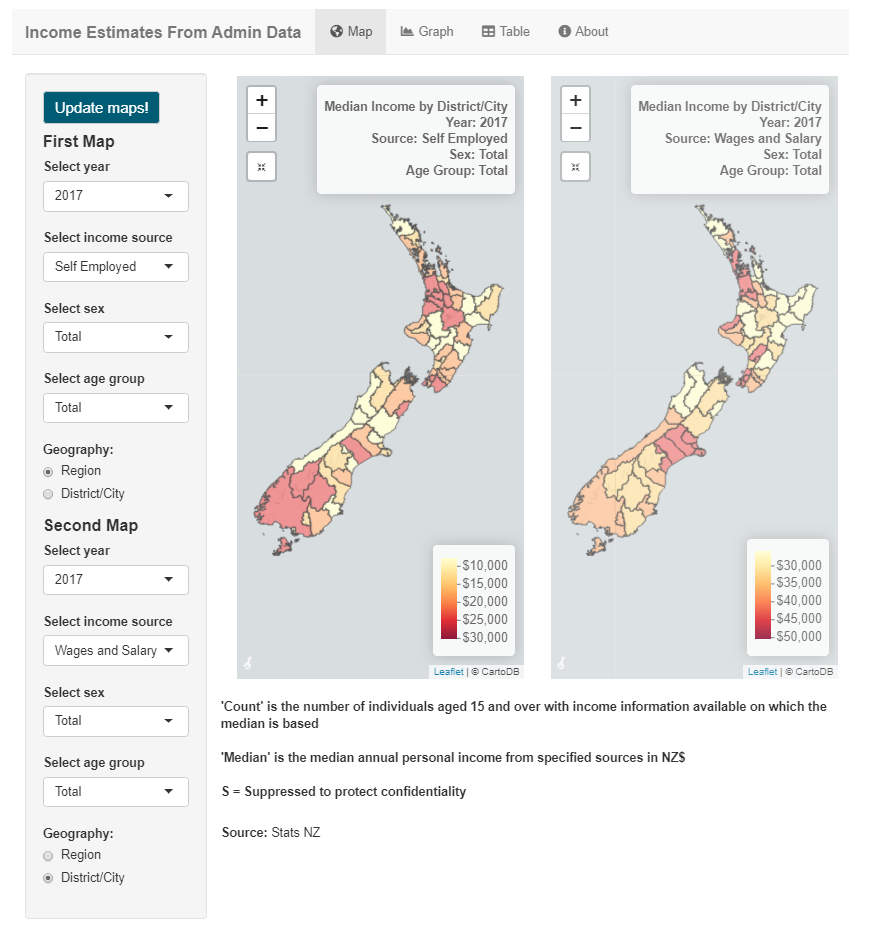New experimental tool from Statistics New Zealand allows anyone to view and analyse data
Statistics New Zealand launched a new tool which, if developed further, could give the general public a new level of access to detailed information known as administrative data.
What is administrative data?
You may have heard a bit about administrative data lately, as Statistics New Zealand employed it heavily to rescue the validity of Census 2018. The name is about as boring and unexciting as it’s possible to be, but the reality is a rich resource of information. Made up of many datasets from numerous government sources, administrative data includes everything from education records to tax information, health records, work and income to name a few. All of this is held together in the Integrated Data Infrastructure (IDI), essentially a massive database. The data is de-identified to protect the privacy of individuals, and the IDI can only be directly accessed by approved researchers working on projects for public good. BERL has undertaken a number of such projects including the Pacific economy in New Zealand, and the economic contribution of social enterprises.
Public access to administrative data
This new tool is exciting as it allows anyone access to view some of the administrative data held in the IDI. The information can be viewed as a map, graph or table. The source dataset is also available for download. They’ve even made a mobile friendly version.
Most useful is the two panel design in the map view. A user can choose different settings and compare the differences in the results. In the example below, median income from self-employment is shown on the left, compared to wages and salary on the right. Broken down by district and shown side by side, the differences are easy to see.

Future possibilities
At this stage the tool can only show median income by region or district, up to 2017. Presumably the limited dataset is for the development of the tool, and more up to date and varied data will be available in the future. Already it is possible to see potential for a range of uses from school projects to market research.
Access to this type of information is important as it is in keeping with the principles of data democracy which encourages access to data for the general public without needing specialist help or expertise. Access to new tools, such as this one, could help in rebuilding trust in Statistics New Zealand, after the shambles of Census 2018.